A galaxy is a collection of stars, interstellar matter, and dark matter held together by gravity. Galaxies interact and can merge. They group into clusters and superclusters. The three types of galaxies are: elliptical, spiral, and irregular.
The Milky Way, a spiral galaxy, is located in the constellation of Andromeda. It is similar to the galaxy M83 (NGC 5236). The Andromeda Galaxy (M31) is another large spiral galaxy, located about 2.3 million light-years away.

Galaxies often form groups. In our local group, there are about 10 galaxies within a few million light-years. Collisions between galaxies can create elliptical galaxies.

The center of our galaxy hosts a supermassive black hole and an active star-forming region. Observations in Namibia have revealed highly energetic gamma rays originating from the galactic center.

The Large Magellanic Cloud is an irregular dwarf galaxy, a satellite of the Milky Way. It is located about 179,000 light-years away and is connected to the Small Magellanic Cloud by a bridge of gas and stars.
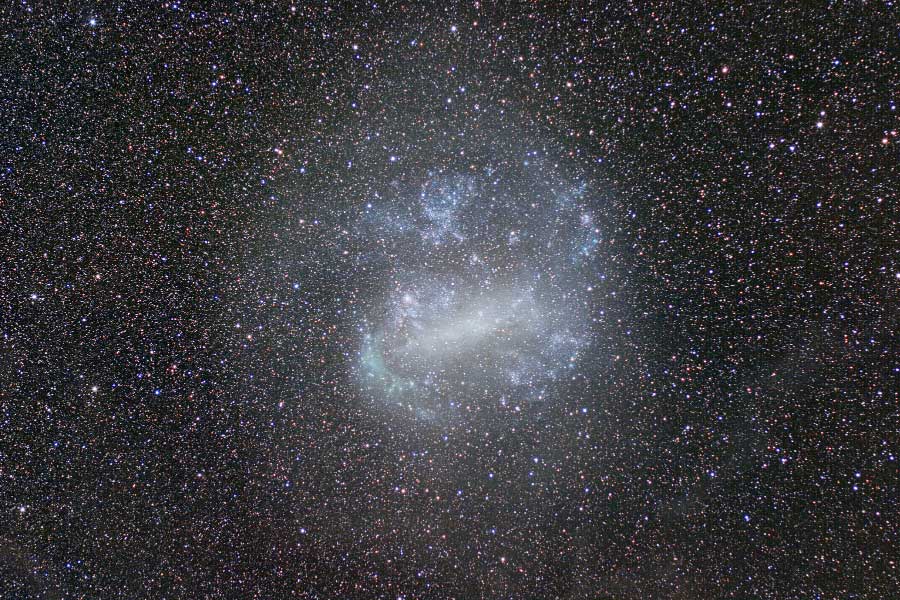
The Small Magellanic Cloud is another irregular dwarf galaxy, located about 210,000 light-years away. It is also connected to the Large Magellanic Cloud by a bridge of gas and stars.
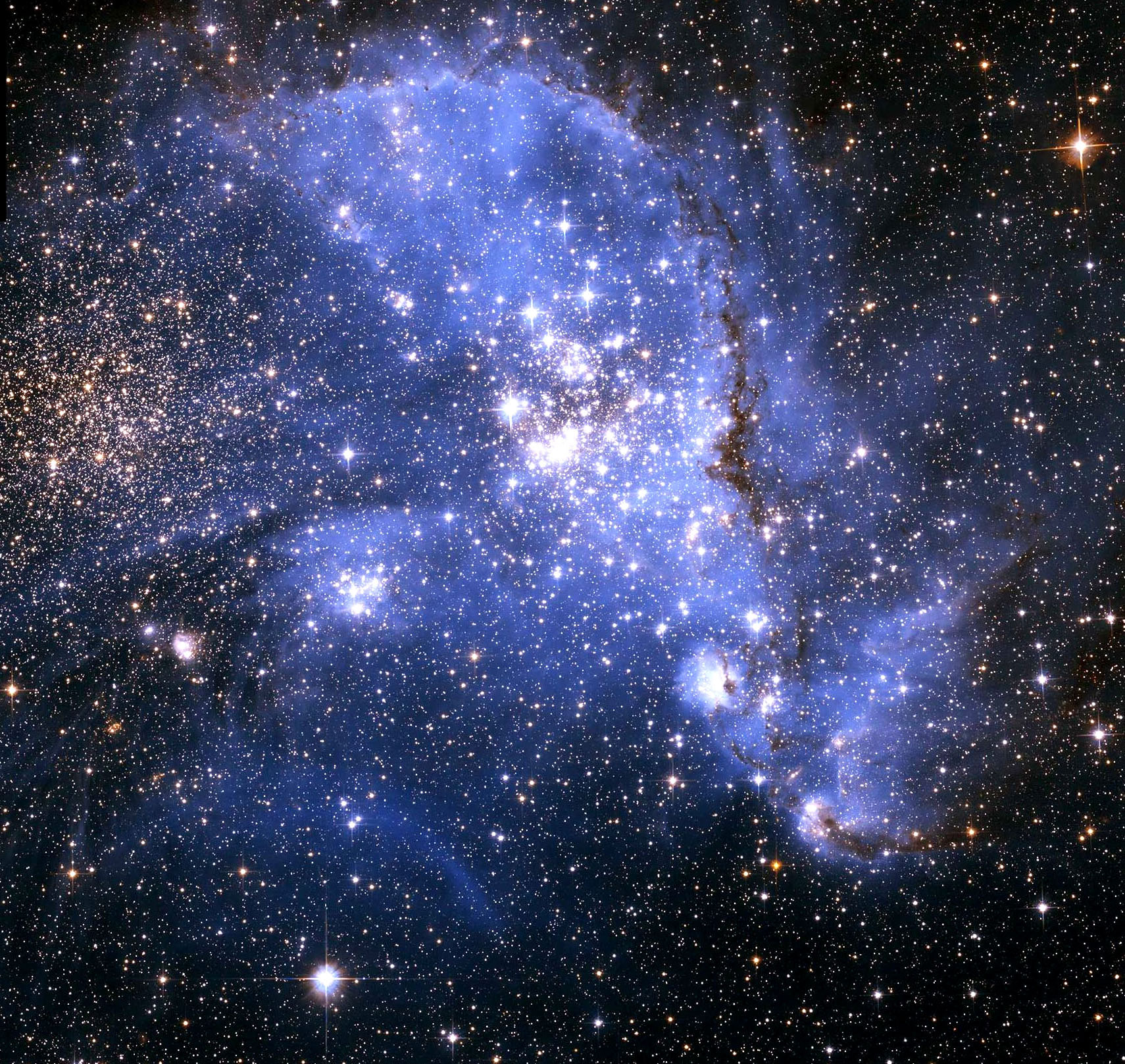
The Andromeda Galaxy is the closest large galaxy to the Milky Way, located about 2.5 million light-years away. It is similar to our galaxy and may collide with the Milky Way in a few billion years.

M110 is a dwarf elliptical galaxy, a satellite of the Andromeda Galaxy. It is visible at the bottom right of the image of M31.
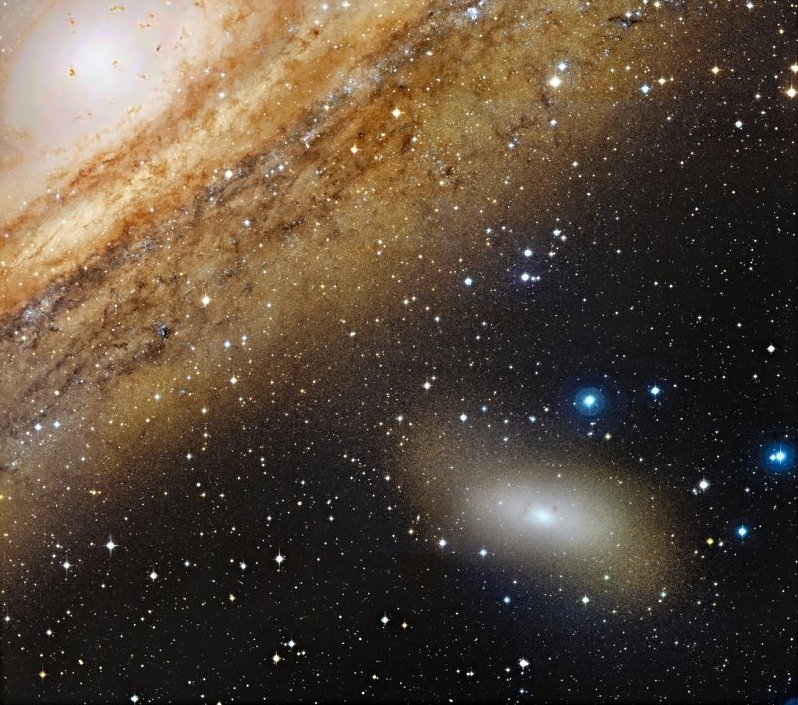
M33 is a spiral galaxy located in the constellation of Triangulum, about 2.9 million light-years away. It is smaller than the Milky Way and Andromeda but is a typical spiral galaxy.
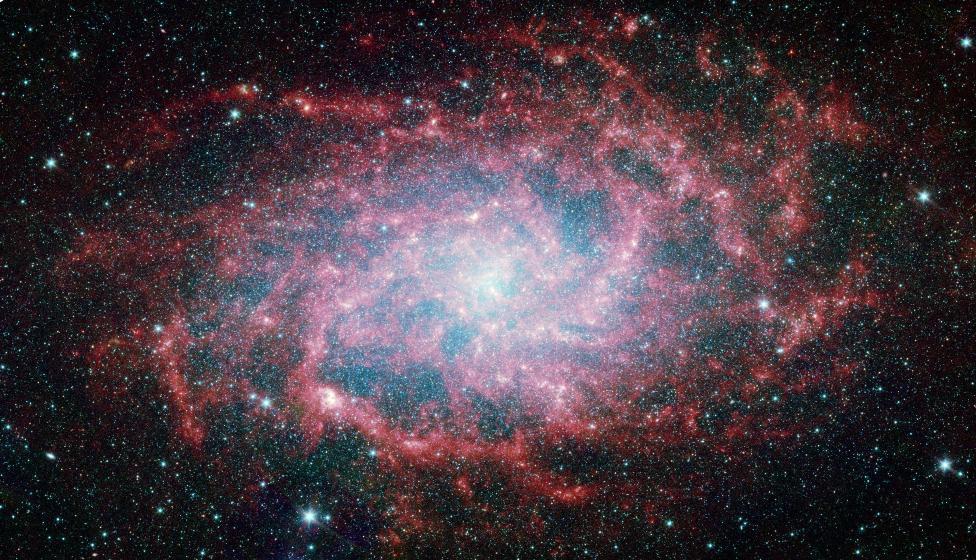
NGC 1232 is a large spiral galaxy located in the constellation of Eridanus, about 100 million light-years away. It is known for its distinct colors between the reddish core and the blue spiral arms.

The Sombrero Galaxy is a spiral galaxy viewed edge-on, located in the constellation of Virgo. It is known for its dark dust lane and luminous disk.
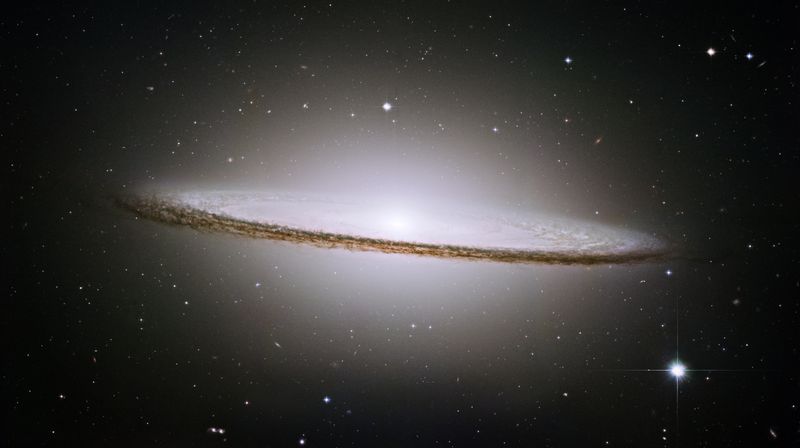
M101 is a large spiral galaxy located about 22 million light-years away. It is known for its bright star-forming regions and gravitational interactions with neighboring galaxies.
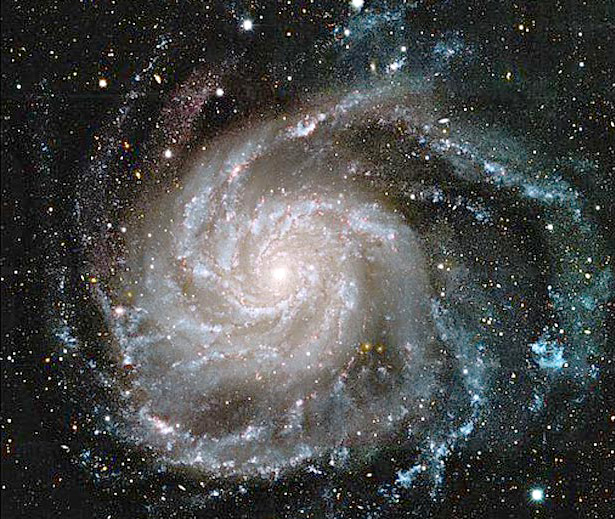
M81 and M82 are two interacting spiral galaxies located in the constellation of Ursa Major. M81 is a bright spiral galaxy, while M82 is an irregular galaxy with intense star formation.
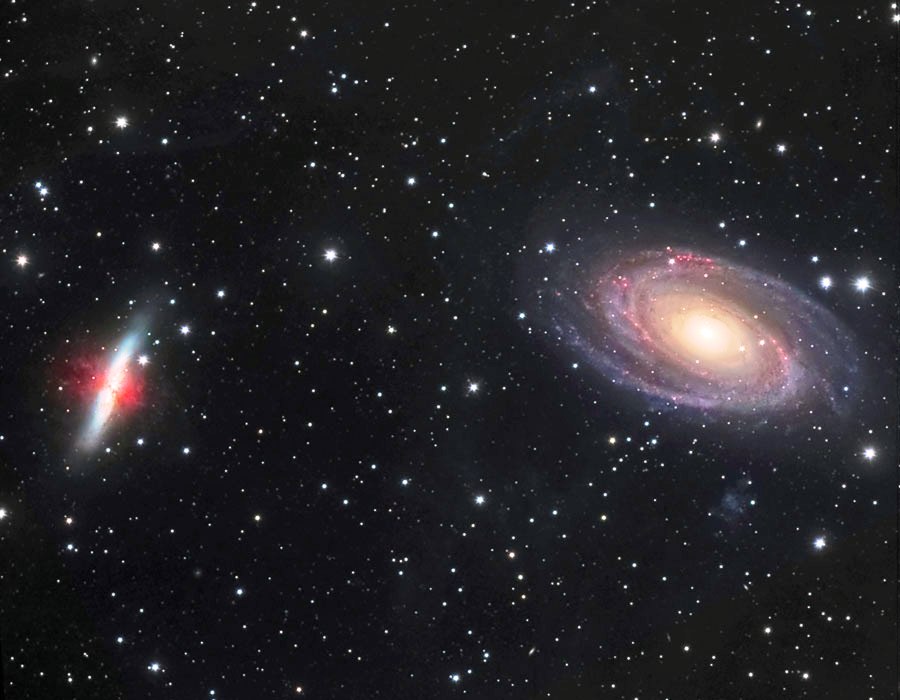
M82 is an irregular galaxy known for its intense star formation and cigar-like appearance. It is located about 12 million light-years away.

M74 is a spiral galaxy located in the constellation of Pisces, about 30 million light-years away. It is known for its well-developed spiral arms and star-forming regions.
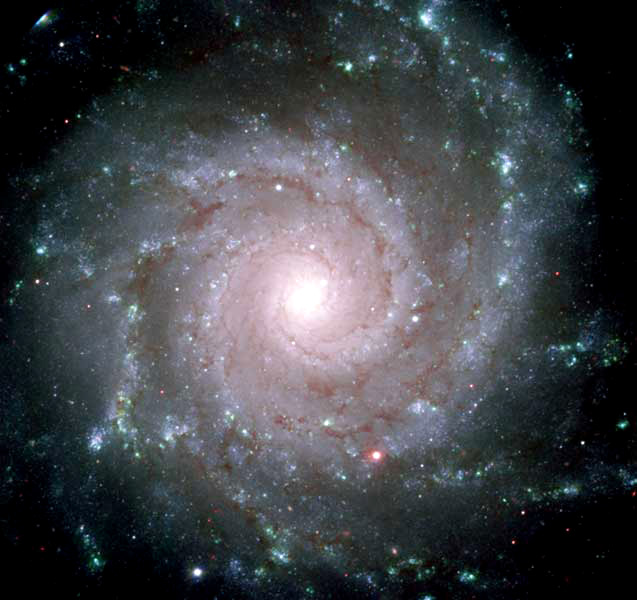
NGC 1672 is a barred spiral galaxy located in the constellation of Dorado, about 60 million light-years away. It is known for its luminous central bar and star-forming regions.

The Cartwheel Galaxy is a lenticular galaxy located about 500 million light-years away in the constellation of Sculptor. It is known for its blue ring of star formation, resulting from a galactic collision.
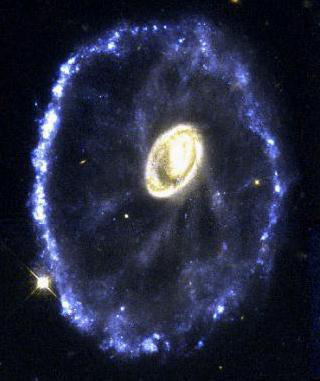
NGC 2683 is a spiral galaxy viewed edge-on, located between the constellations of Lynx and Cancer. It is known for its rotation curve and mass determined by the Doppler effect.
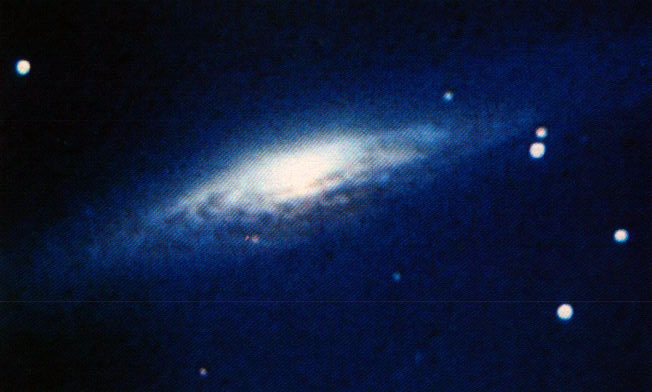
NGC 4565 is a spiral galaxy viewed edge-on, located in the constellation of Coma Berenices, about 31 million light-years away. It is known for its dark dust lane and luminous disk.

NGC 7331 is a spiral galaxy located in the constellation of Pegasus, about 46 million light-years away. It is known for its blue spiral arms and reddish core.
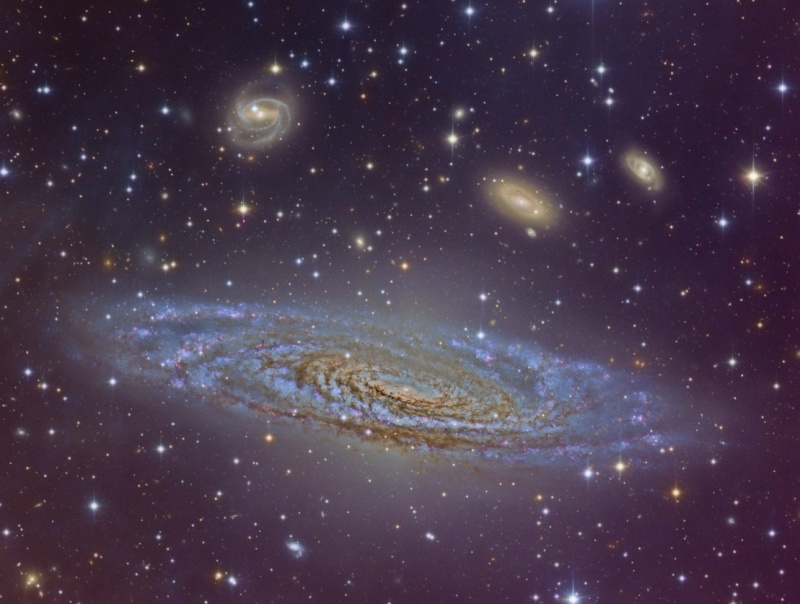
NGC 4631 is a spiral galaxy viewed edge-on, located in the constellation of Canes Venatici, about 25 million light-years away. It is known for its halo of hot, bright gas.
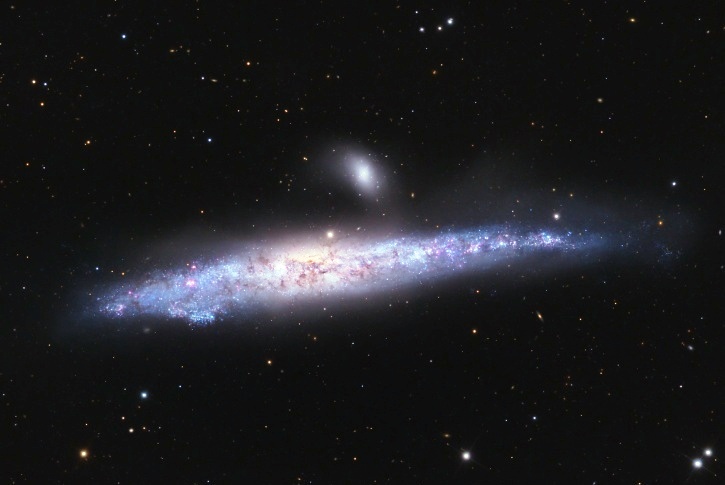
NGC 6240 is a merging galaxy located in the constellation of Ophiuchus, about 400 million light-years away. It is known for its two supermassive black holes orbiting each other.

NGC 4038 and NGC 4039 are two interacting galaxies located in the constellation of Corvus, about 68 million light-years away. They are known for their intense star-forming regions.

NGC 1097 is a barred spiral galaxy located in the constellation of Fornax, about 50 million light-years away. It is known for its central supermassive black hole and star-forming regions.
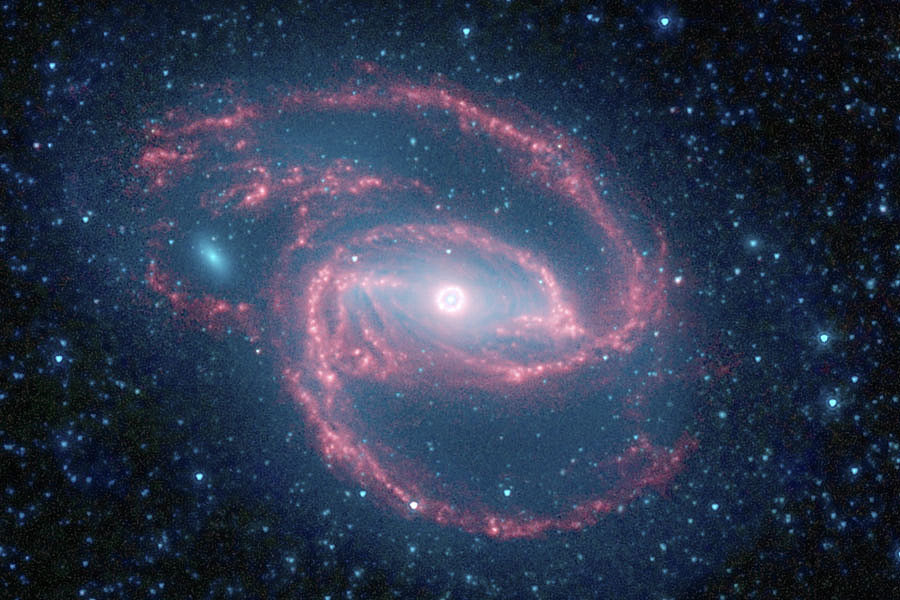
M51 is a large spiral galaxy located about 31 million light-years away. It is known for its bright star-forming regions and gravitational interactions with the companion galaxy NGC 5195.
